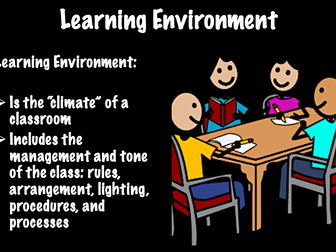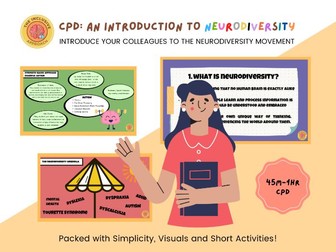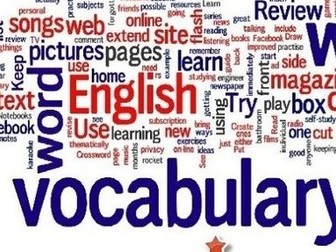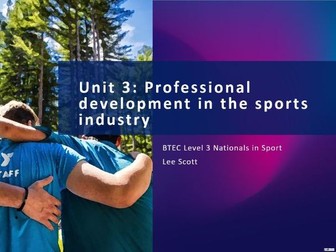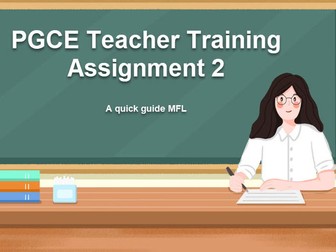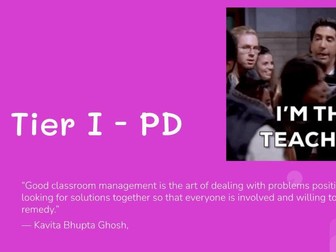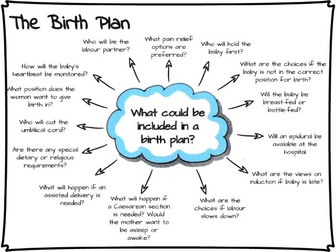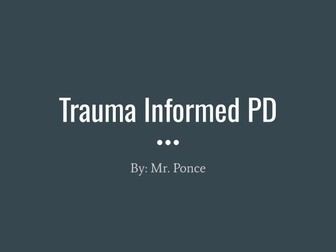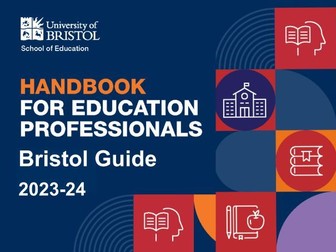Bundle

Best Practice Professional Development Bundle
Leading Professional Development? Teaching adult learners? This 125-slide Best Practice Professional Development Bundle includes three comprehensive Optimal Learning PowerPoints:
Best Practice Strategies and Activities Featuring Marzano’s Nine
Differentiation
Formative and Summative Assessments
Product includes Teaching Tips, Practical Classroom Ideas, and Problems of Practice Assessments. Perfect for instructional coaching, professional development, or New Teacher Induction programs.
